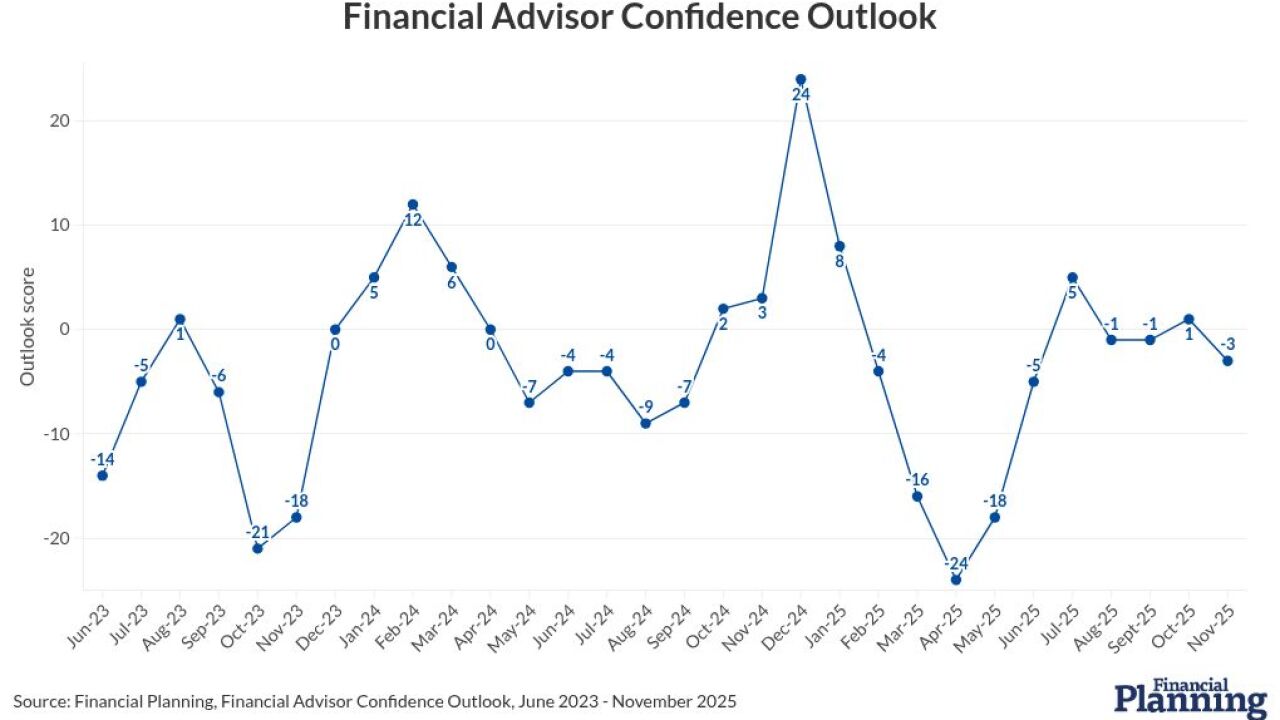Last week, the Department of Labor issued the final version of a sweeping regulation for the industry that requires anyone providing investment advice for retirement accounts to serve as a fiduciary and act solely in the best interests of clients.
Six years in the making and the target of furious inside-the-beltway politicking, the rule will have dramatic and lasting impact on how Americans save for retirement for years to come.
Wealth management firms of all kinds – retail brokers, registered investment advisors, mutual fund companies, annuity manufacturers, to name a few – are buckling down with their legal counsel and compliance teams to parse through seven documents and 1,023 pages of information in an effort to understand the rule’s myriad provisions. Because a word here or a word there can make an enormous difference, it will require weeks, if not months, of analysis before the real impact is fully understood and before detailed implementation plans can be developed that will ensure firms meet the rule’s deadlines.
At first glance, it appears the final version of the long-awaited fiduciary rule is better than was feared. It takes several positive steps toward preserving client access and client choice – two important aspects of retirement advice that the previous version of the rule threatened to undermine. And it takes into consideration industry concerns about the tight timeline for implementation – only eight months in the previous version – with a phased-in approach to compliance.
I am gratified to see these changes. During the rulemaking process, our firm, along with many others in the industry, advocated to preserve client access to investment and wealth management products and services, as well as client choice as to how they want to pay for those services (commissions or fees).
NO VICTORY
Still, I think it’s too soon to call this version anything close to a victory for either consumers or the financial services industry.
This “streamlined” version of the rule, which admittedly takes out several of the more onerous requirements, will require an enormous investment from the industry in order to comply. The DoL itself estimates the new rule will create up to $31.5 billion in costs over the next decade. While firms will do their best to absorb as much of those costs as they can, simple economics would suggest that some will ultimately get passed onto consumers, chipping away at the retirement savings nest egg the DoL set out to preserve.
In addition, it remains to be seen whether clients with smaller retirement savings accounts will be “de-marketed” – a euphemism for being told their financial advisory firms can no longer afford to hold their accounts, given the new costs of compliance. This has been the experience in the UK, where a similar rule has been on the books for several years.
Whether good or bad for retirement savers, one thing is clear: an advisory standard for investment advice is here to stay, and wealth managers would be well advised to change their practices to adapt to a fully fiduciary regulatory regime.
What’s the next shoe to drop?
The SEC was given authority in the Dodd-Frank Act to implement a fiduciary standard for non-retirement accounts and Chairwoman Mary Jo White has indicated both that she is supportive and that her staff is working on such a standard.
'THREE SHADES OF FIDUCIARY'
If and when the SEC acts, it means advisors will be subject to fiduciary rules under (1) the Investment Advisers Act of 1940, (2) the DoL’s new ERISA-based rules for retirement accounts, and (3) Dodd-Frank – three shades of fiduciary covering almost everything advisors do for their clients today.
On the one hand, this “fully fiduciary” world will be the final stepping stone in a decades-long path toward the professionalization of the wealth management industry. It will ultimately help restore investor trust and confidence.
But the tragedy is one of missed opportunity. After the financial crisis, regulators had an opportunity to craft a single, overarching, uniform fiduciary standard for investment advisors that would apply no matter what firm they work for or what kind of advice they offer to individuals – investment management, transactional or retirement.
Instead, what we have, as of last week, is a tri-party fiduciary approach that is more complicated, and more confusing to investors than ever before.
A fiduciary standard is all about requiring advisors to act in the best interest of their clients. Ironically, a fragmented fiduciary regime is not in the best interests of anyone.
Read more:




